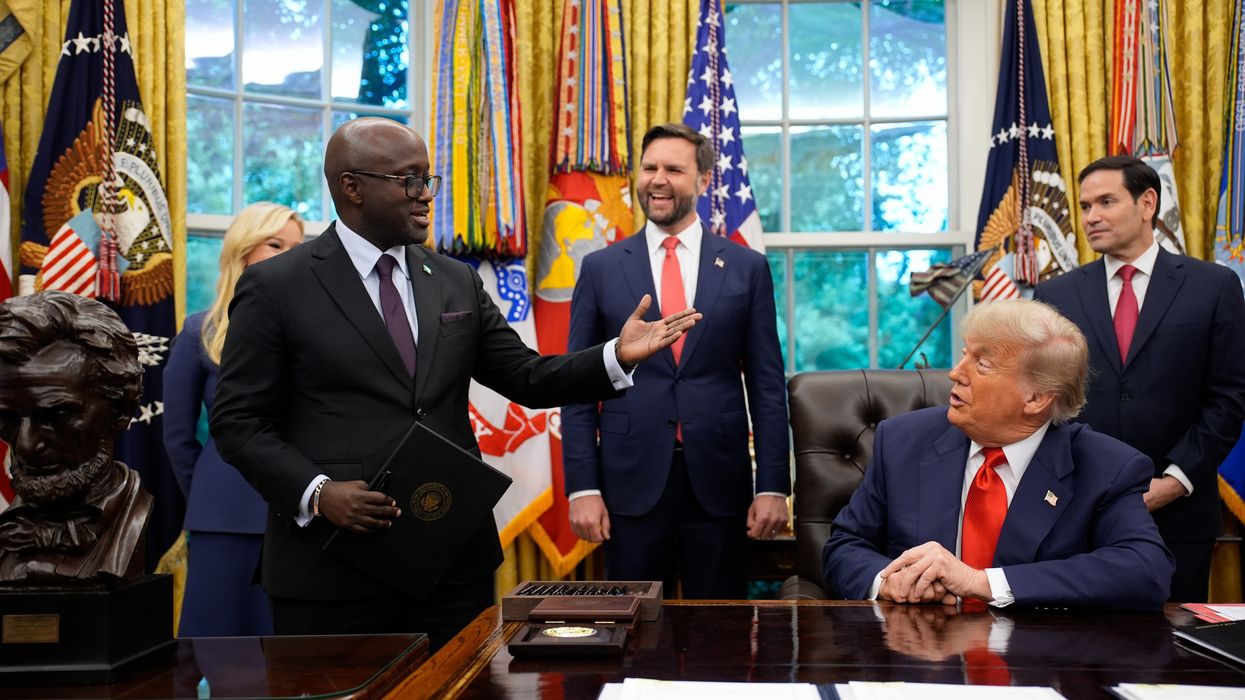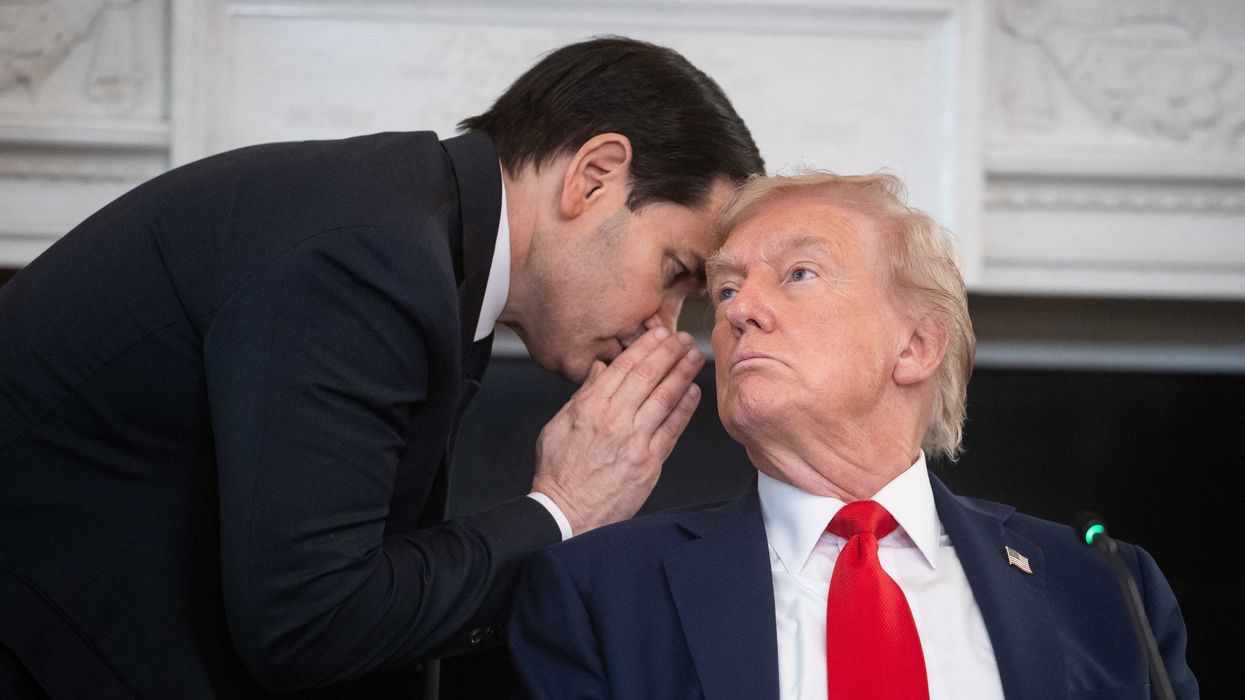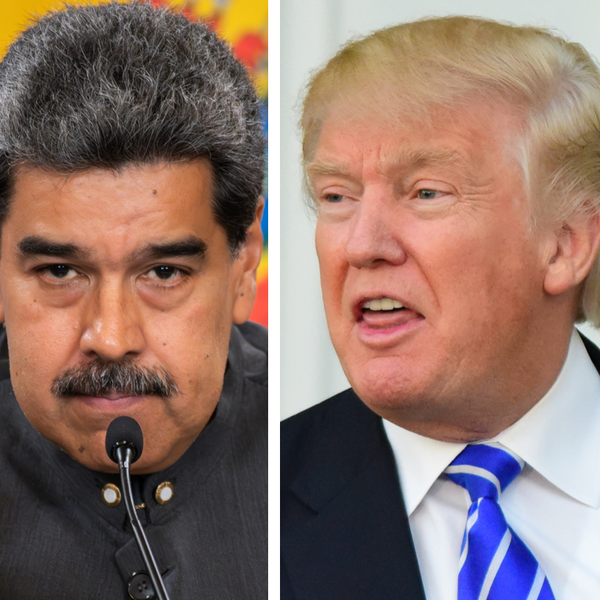In many ways, the recent missile exchange between Israel and Hamas, however asymmetrical in firepower and casualties, resembled previous ones. But this time feels different. Demonstrations took place around the world against the Israeli pounding of Gaza, the violent displacement of Palestinian families in Sheikh Jarrah, and the police raid on the Al-Aqsa Mosque in Jerusalem, and then mob violence against Palestinians across Israel and the West Bank. Palestinians in Gaza, Israel, and the West Bank went on strike in joint solidarity, the first such mobilization since the First Intifada in the late 1980s. It is perhaps as significant as the Great Revolt of 1936-1939.
Western media is asking Israeli spokespeople harder questions, and a small but significant number of U.S. Democratic politicians is signaling disquiet with U.S. Israel policy. While also condemning Hamas, they argue that Israel has exacerbated the situation by killing off the two-state solution with unrelenting West Bank settlement expansion and in entrenched discrimination against its own Palestinian citizens. In view of these and other practices, Human Rights Watch issued a detailed report a few weeks earlier that accuses Israel of apartheid and persecution, and liberal Jewish organizations have supported it. The Biden administration did not want to wade into the Israel-Palestine question, but now it has to. What challenges does it confront?
Taken together, we are seeing the return of the repressed Question of Palestine that highlights the flawed foundations of the postwar international order: ethnic cleansing to create homogeneous nation-states. The partitions of Germany, India, and Palestine in the mid-to-late 1940s occasioned population exchanges and expulsions on a vast scale in the establishment of new states in Central Europe and South Asia. The partition of Palestine did not follow the United Nations plan, but the balance of power on the ground in which Zionist forces and the Israeli military prevailed. Their victory led to the expulsion and flight of 750,000 Palestinian Arabs and the refusal to allow their return despite a United Nations General Assembly resolution to that effect. Palestinians call this the “Nakba,” or catastrophe.
While the refugee crises in Europe and South Asia were managed by the affected states, the Palestinian one has refused to go away. The reason is not that it has been artificially kept alive by the United Nations Relief and Works Agency that administers relief and funds infrastructure. It is because young host countries — Lebanon, Syria, and Jordan — to which refugees fled had struggling economies that could not accommodate them, and whose expectation of return were widely believed to be legitimate and possible. Then there are the internally displaced Palestinians within Israel, the West Bank, and in the Gaza Strip. The latter’s population comprises over 70 percent refugees. The Strip is not their home; that lies across the fence in Israel.
Moreover, the status quo was intolerable for Palestinians in Gaza even before the blockade to which Israel — and Egypt — subjected them in 2007. The “great return” marches in 2019 indicated their desire to live in their former homes. Support for Hamas grows when it expresses this desire, even if it did not organize the marches. The same applies in the West Bank where the Fatah-dominated Palestinian Authority deferred elections lest it lose to Hamas.
The postwar order promised a system of states that guaranteed basic citizen rights, but the striving for demographic homogeneity in Israel means it is an ethnocracy in which Palestinians are second-class citizens. Emboldened by the recent Nation-State Law of 2018, right-wing youths roam the streets chanting “death to Arabs,” and when Palestinians protest they are met with the excessive police violence that Americans have come to deplore at home. As for the West Bank, the putative site for a Palestinian state? That the window of opportunity for the two-state solution had closed was readily apparent to me when U.N. officials drove me around the West Bank in 2007. Now, 14 years later, a consensus is emerging that the Oslo “peace process” has run its course, and indeed is responsible for the current crisis.
The Biden administration reacted by recommitting to the two-state solution and the Oslo “peace process.” Secretary of State Antony Blinken hastened to Israel to assure Prime Minister Benjamin Netanyahu of U.S. support, and he called on PA Prime Minister Mahmoud Abbas to the same end. Weapons were quickly promised to Israel, seemingly circling around congressional scrutiny, and aid to Gaza. How the PA can oversee Gaza’s reconstruction when it is run by Hamas remains an open question. So is the likelihood that those U.S.-made weapons may destroy Gaza in the next round between Hamas and Israel — at great personal cost to their civilians and financial cost to U.S. taxpayers who subsidize this tragicomedy.
This business-as-usual approach is attracting increasing criticism from within the Democratic Party because it ignores three fundamental realities. First, the Oslo process died in the Second Intifada 20 years ago. Second, all Palestinians are united in refusing to return to the status quo ante. “Peace” between Israel and the Gaza Strip has not reigned just because few missiles have been launched from 2014 until May 2021. It has been blockaded since 2007, and life there is unbearable. Likewise, there has been no happy coexistence within Israel because of systematic discrimination and settler campaigns to dispossess Palestinians in Jerusalem neighborhoods and the West Bank. In view of mob and police violence against them, Palestinians are increasingly fearing a “new Nakba.” An Israeli commentator even invoked the specter of Yugoslavia’s breakup. The PA is unable to play the role assigned by international diplomats because it no longer represents Palestinian opinion. A new Palestinian national movement is developing before our eyes.
Blinken must understand at least some of these realities. Issa Amro, the well-known Hebron-based proponent of non-violent resistance to the occupation, whom he met on his recent trip, likely would have told him. And yet, Blinken continues the tried-and-failed policy of what former U.S. ambassador to Israel, Martin Indyk, recommends as the “reassuring arm” mode of diplomacy; behind-the-scenes suasion in warmly embracing the Israelis with unconditional U.S. support. That is why the United States prevented several U.N. Security Council resolutions calling for a ceasefire, preferring “quiet diplomacy” over public censure.
So far, the signs are that it’s not working very well. If anything, Israeli authorities are cracking down harder on Palestinians, arresting hundreds for protesting while charging only a few Jews. Meanwhile, pending evictions of Palestinian families from Silwan in Jerusalem further inflames the situation. U.S. credibility about a human rights-informed foreign policy, so central in its critique of China, is at stake.
So should Blinken take a firmer line: withhold aid, withdraw cover in the United Nations, and remove the reassuring arm? Many are calling for such a policy change. That it is so difficult to imagine is partly explained by the presence of so many Oslo architects in the beltway. They remain committed to the notion of a “Jewish and democratic state” even though developments suggest those ideals are irreconcilable. But the mantra about a two-state solution is not a U.S. monopoly: it is the international diplomatic consensus. It hides the dilemma posed by the presence of victims of a state’s foundation within and just beyond its borders. Now that dilemma has come fully into view, and the Biden administration cannot avoid confronting it head on.
















